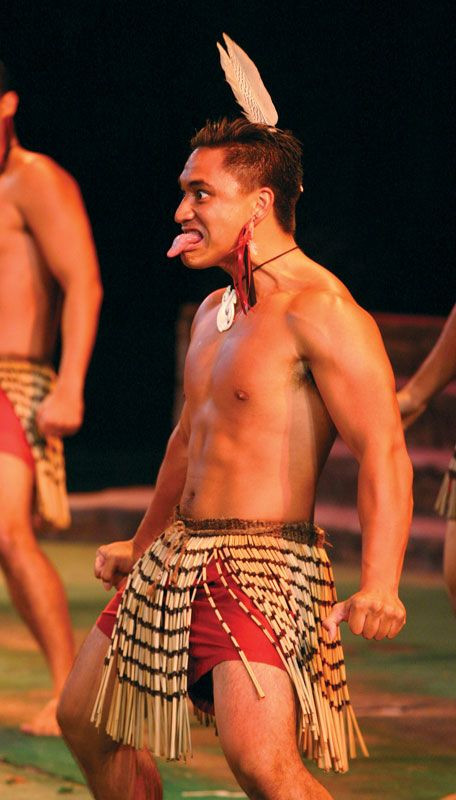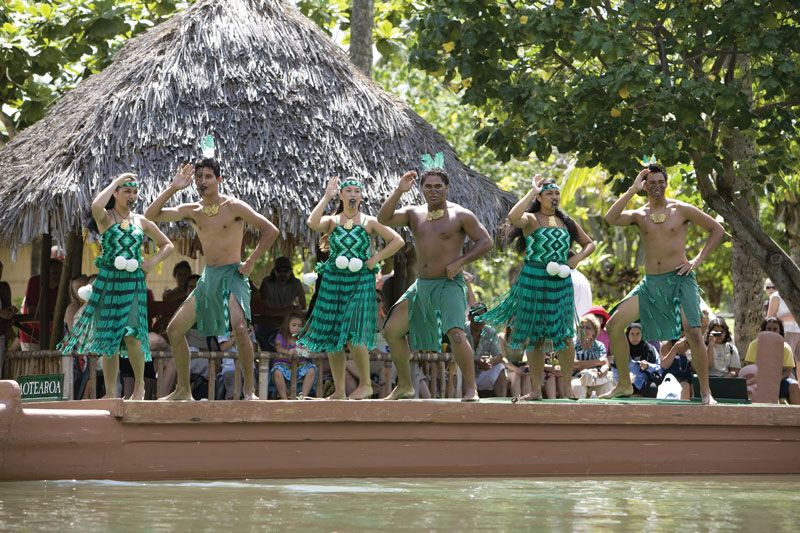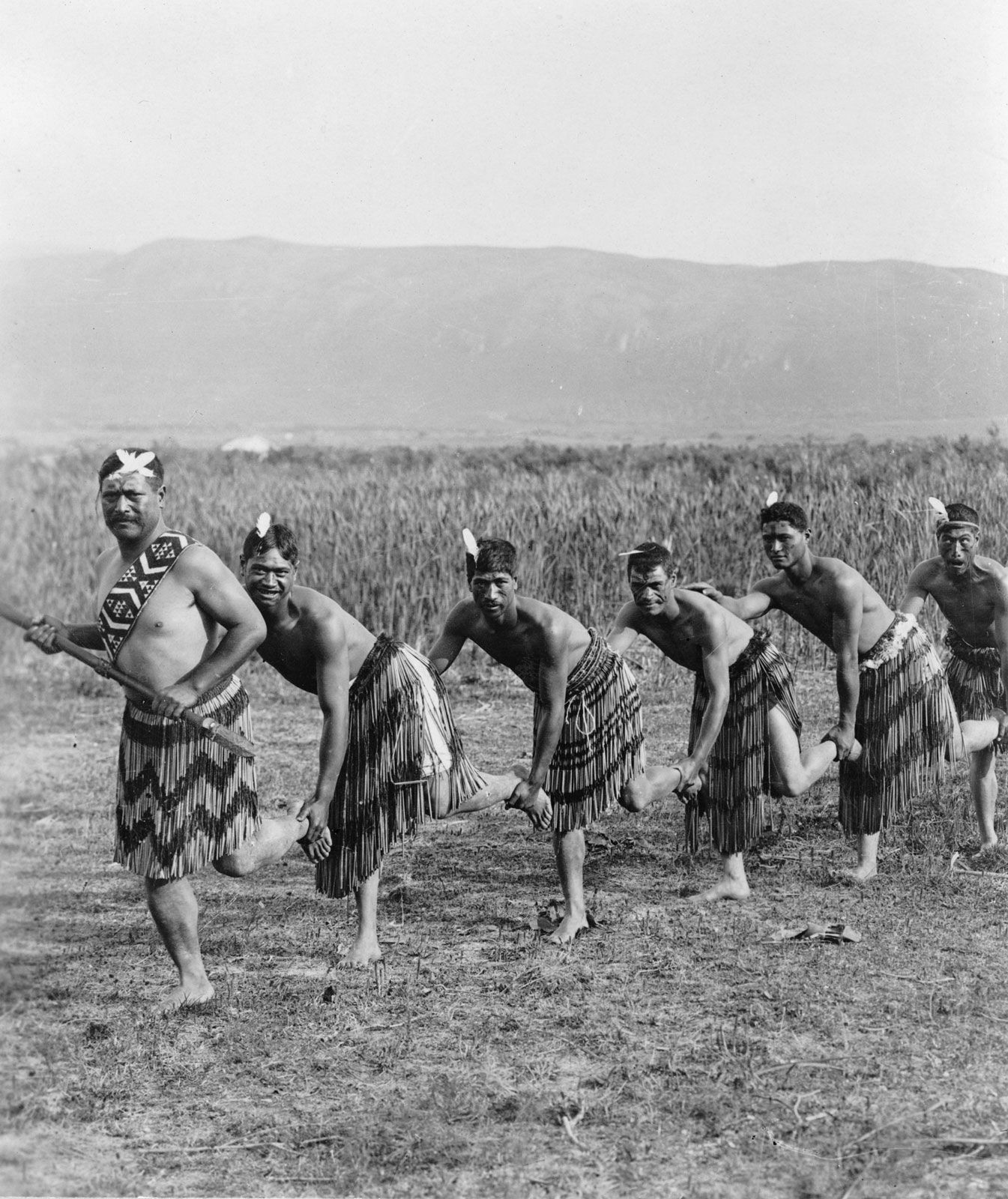Haka is a captivating and powerful posture dance originating from the Māori people of New Zealand. More than just a dance, haka is a full-bodied expression that involves rhythmic movements, vocal chants, and intense facial expressions. Often associated with displays of strength and preparation for battle, haka holds deep cultural significance and is performed in various social contexts by both men and women.
The Origins and Meaning Behind Haka
The roots of haka are embedded in Māori legend. It is said to have originated with Tane-rore, the son of the sun god Tama-nui-te-ra and Hine-raumati, the spirit of summer. Māori tradition interprets the shimmering of the air on hot summer days as Tane-rore dancing for his mother. This quivering motion, particularly the trembling hands of performers, forms the basis of haka movements, symbolizing Tane-rore’s dance. Therefore, haka is not simply a performance; it is a connection to ancestral stories and the natural world.
Key Elements of a Haka Performance
Haka is characterized by vigorous, rhythmic actions involving the entire body. Performers utilize a range of movements, including:
- Swaying: Rhythmic body movements that create a visually dynamic performance.
- Chest and Thigh Slapping: Sharp percussive actions that add to the auditory and visual impact.
- Stamping: Powerful foot movements that emphasize the rhythm and intensity.
- Stylized Violence Gestures: Movements that can mimic actions of combat, reflecting haka’s historical context.
These movements are synchronized with a powerful chant, known as a waiata. Adding to the dramatic effect are the fierce facial expressions intended to challenge and intimidate. These expressions often include widened eyes and the protruding of the tongue, conveying strength and passion.
Cultural Significance and Modern Uses of Haka
Historically, haka served as a crucial part of Māori protocols for encounters. It was performed when different groups met and as a welcoming ceremony for visitors entering a community. In contemporary society, haka remains a vital part of Māori culture and is performed on various occasions, encompassing:
- Celebrations: Haka is performed at birthdays, weddings, and anniversaries as a vibrant expression of joy and unity.
- Funerals: It can also be a powerful expression of grief and respect during funeral ceremonies.
- Tribal Identity: Haka acts as a potent symbol of Māori identity and heritage, reinforcing cultural bonds.
Since 1972, the Te Matatini festival, a significant biennial Māori performing arts event in New Zealand, has prominently featured haka performances, contributing to its continued popularity and evolution.
“Ka Mate”: The World’s Most Famous Haka
Perhaps the most globally recognized haka is “Ka Mate.” Composed around 1820 by the Māori chief Te Rauparaha, “Ka Mate” gained international prominence in the early 20th century when the New Zealand national rugby team, the All Blacks, adopted it as their pre-game ritual. This tradition has introduced haka to a worldwide audience, making “Ka Mate” synonymous with Māori culture and a symbol of New Zealand sporting prowess.
In conclusion, haka is a multifaceted and deeply meaningful performance that extends far beyond simple movements. It is a powerful expression of Māori culture, history, and identity, continuing to resonate in both traditional and modern contexts.


 New Zealand students perform haka on a canoe, highlighting the dance's role in cultural expression and identity, even in unique settings.
New Zealand students perform haka on a canoe, highlighting the dance's role in cultural expression and identity, even in unique settings. Historical image of Maori men performing haka circa 1920, demonstrating the long-standing tradition and heritage of this powerful dance.
Historical image of Maori men performing haka circa 1920, demonstrating the long-standing tradition and heritage of this powerful dance.